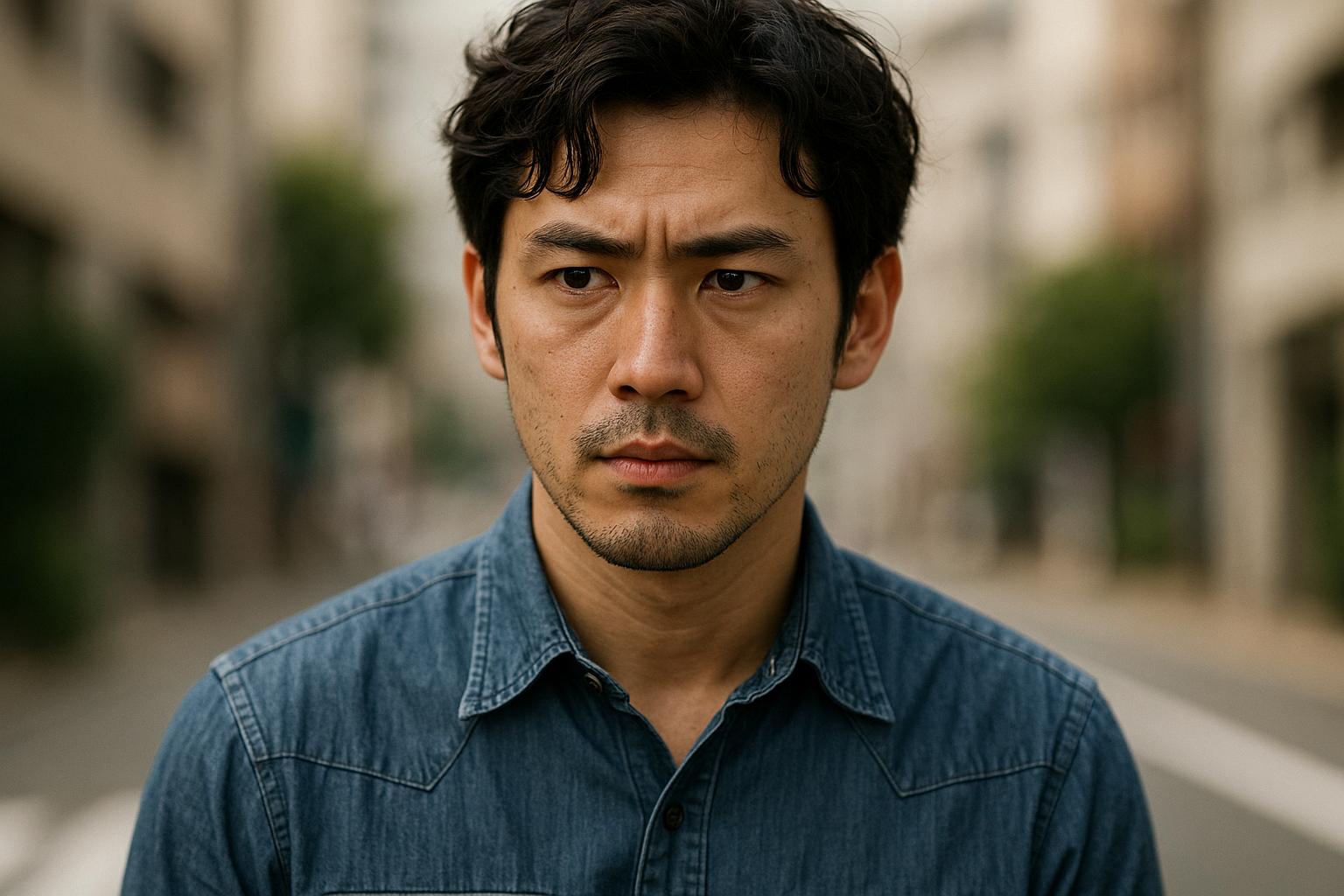Contents
Geographical Overview of Masaya
Masaya, located in the western region of Nicaragua, is a city brimming with vibrant culture and rich history. A mere 14 miles southeast of Managua, the nation’s capital, Masaya is the capital city of the Masaya Department, boasting a population of approximately 150,000 residents. The city’s geographical positioning is marked by the coordinates 11.9761° N, 86.0942° W.
Masaya Volcano National Park
One of the defining features of Masaya is the Masaya Volcano National Park, a pivotal natural attraction situated in close proximity to the city. Established in 1979, the park envelops one of the most active and visitor-accessible volcanoes in this part of Nicaragua. Those visiting the park can discover its diverse landscape through numerous trails and observation decks, leading to it being a favored destination for tourists and nature enthusiasts alike. The park’s main crater, known as Santiago, offers the awe-inspiring sight of bubbling lava and sulfurous emissions. This spectacle is not only a testament to the Earth’s dynamic processes but also serves as a reminder of the geothermal activity beneath Nicaragua.
Impact of Earthquakes on Masaya
The geological activity that shapes the Masaya region has also made it susceptible to the damaging effects of earthquakes. Situated in an earthquake-prone zone, Masaya has experienced its share of seismic events, which have significantly impacted the life and infrastructure of the city. These natural occurrences have occasionally led to damage in residential areas, adversely affecting the daily lives of the citizens. Consequently, there is a continuous effort in urban planning and development to enhance the resilience of structures in Masaya, aiming to mitigate the impact of future seismic events. Emergency preparedness education is also a pivotal part of community life, educating the residents on how to react swiftly and safely during such events.
Cultural Significance of Masaya
Frequently heralded as the cultural capital of Nicaragua, Masaya holds a prominent position in the country’s artistic and traditional landscape. The city’s significant contributions are particularly evident in the domains of crafts and folklore. Local artisans produce a variety of goods including pottery, intricately designed hammocks, and woven items, which are readily available in the city’s bustling markets. The Mercado de Artesanías stands out as a notable venue where visitors can marvel at and purchase an extensive array of handmade items, each echoing the city’s profound artistic heritage.
Festivals and Celebrations
Masaya hosts several festivals annually that are integral to the city’s cultural and social life. The festival of San Jerónimo is the most prominent among these, beginning in late September and extending over approximately three months. This event is celebrated as one of the longest-running religious festivals across Central America and is characterized by vibrant parades, lively music, dance performances, and deeply rooted traditional ceremonies. Celebrations such as these are essential to sustaining and perpetuating the cultural identity of Masaya, drawing locals and tourists alike to partake in the joyful revelry.
Travel and Accommodation
Travel to Masaya is facilitated by efficient road networks, with regular bus services ensuring connectivity with Managua and other major cities. The city also caters to a wide range of accommodation preferences, offering options from budget-friendly hostels to more luxurious hotels. Given the city’s vibrant cultural life and the influx of tourists during festival seasons, it is advisable for visitors to plan their travel and accommodations in advance. Ensuring availability, especially during peak festival seasons, can enhance the travel experience by providing visitors with a seamless stay in this culturally rich city.
For more tailored information on travel arrangements and cultural insights about Masaya, local tourism websites or Visit Nicaragua can be excellent resources. These platforms often provide up-to-date advice regarding transportation, accommodations, and activities, helping visitors make the most of their time exploring the cultural depths and natural wonders inherent in and around the city.
